Water resistance testing of two popular blue inks
What remains of six lines of writing in Monteverde Horizon Blue and Waterman Serenity Blue inks on a sheet of Rhodia DotPad 80g/m² paper, which was then soaked for about 24 hours in a shallow tray of water.
Copyright
© A Smug Dill
- 99.06 kB
- 666x852


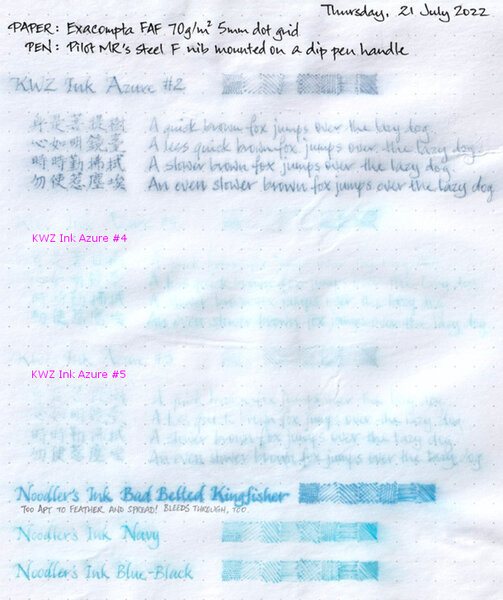
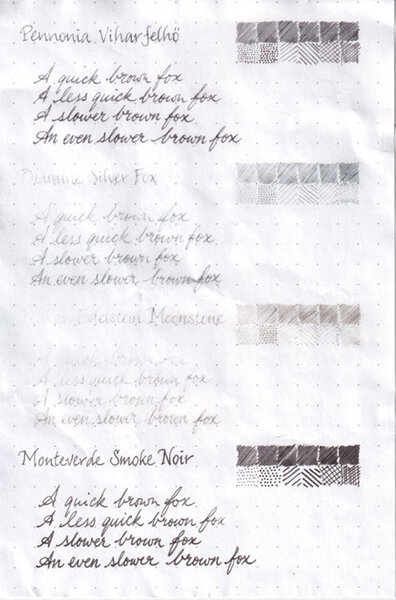
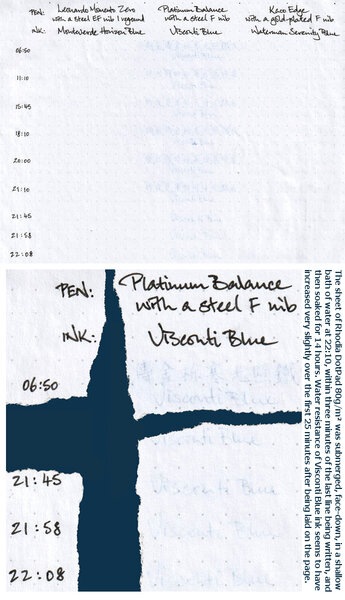
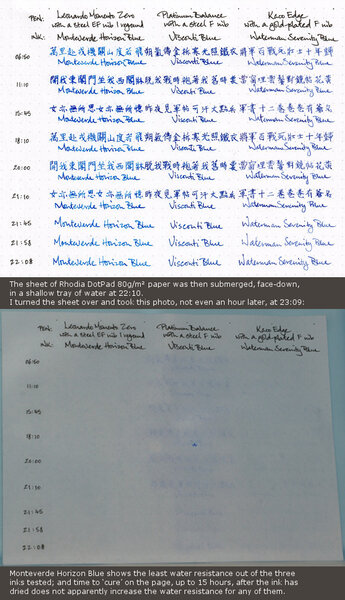
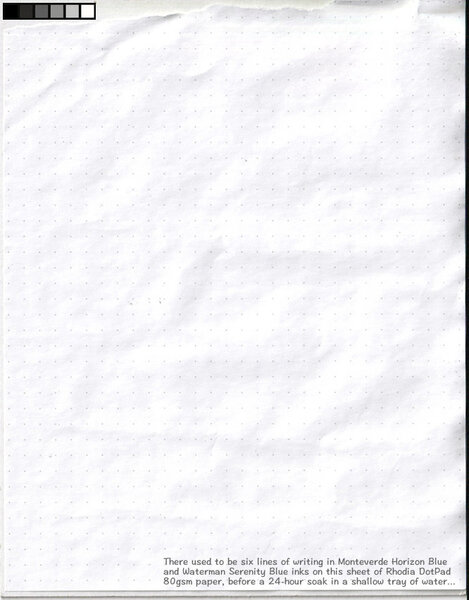

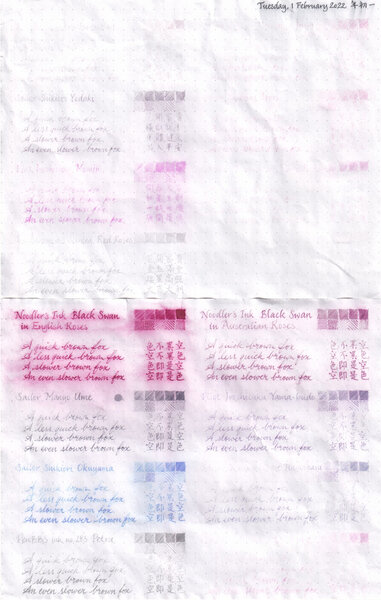

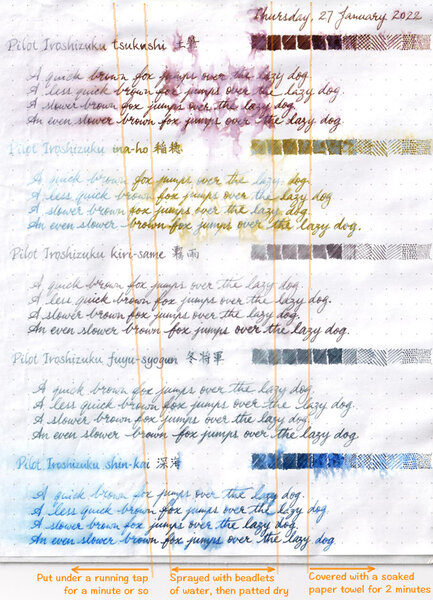
desaturated.thumb.gif.5cb70ef1e977aa313d11eea3616aba7d.gif)
Recommended Comments
Create an account or sign in to comment
You need to be a member in order to leave a comment
Create an account
Sign up for a new account in our community. It's easy!
Register a new accountSign in
Already have an account? Sign in here.
Sign In Now